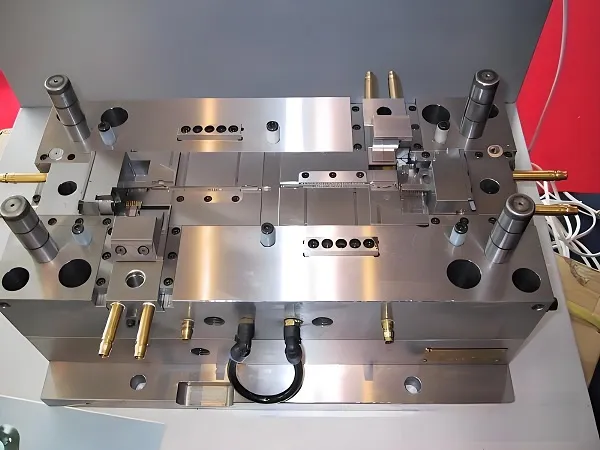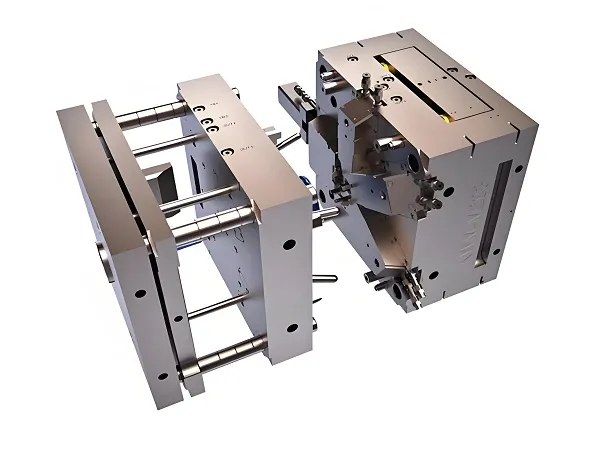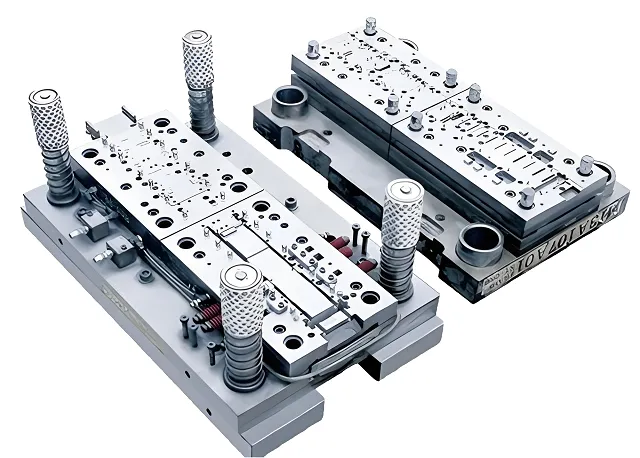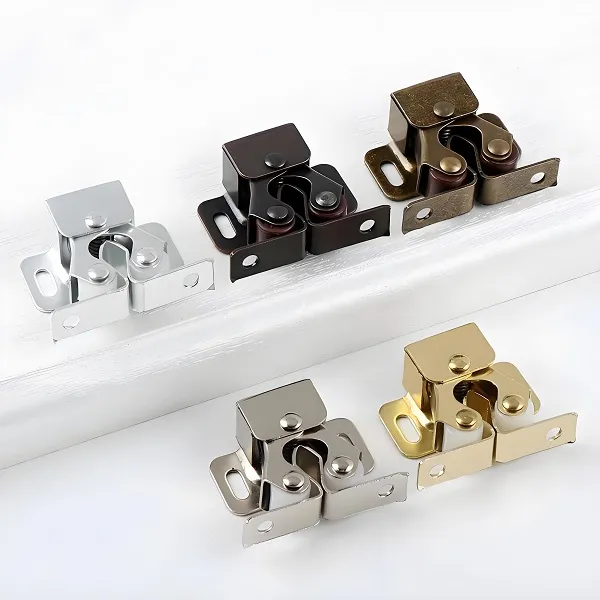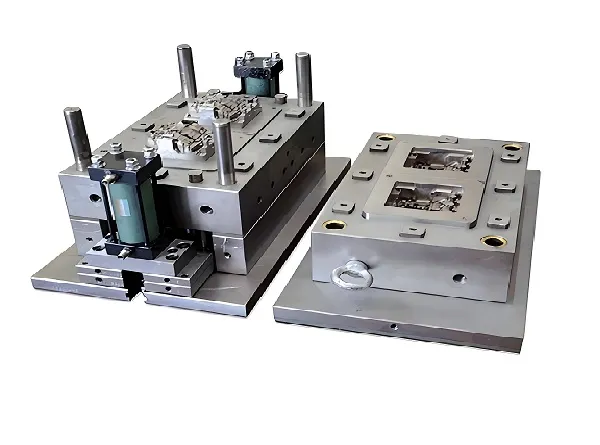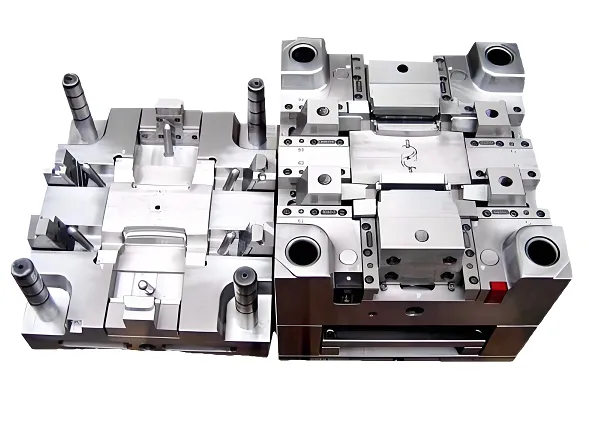As an important part of the sawing machine, the sawing machine pulley is mainly used to support and guide the movement of the sawing belt to ensure a smooth and efficient sawing process. Their design and material selection are directly related to the performance, durability and safety of the sawing machine. Therefore, it is especially important to customize saw pulleys to meet specific needs and specifications.

1. Sawing machine pulley production process
(1) Material Preparation
According to the customer’s needs and pulley usage, select appropriate materials, such as cast iron, cast steel, stainless steel or synthetic materials (e.g. nylon, polyurethane, etc.).
Pre-treatment of materials, such as cutting, deburring, etc., to prepare for subsequent processing.
(2) Mold design and manufacture
According to the design drawings of the pulley, make the molds or jigs and fixtures.
Ensure the precision and durability of the mold to meet the production requirements of the pulley.
(3) Molding and processing
For metal materials, use casting, forging or machining for molding.
For synthetic materials, adopt molding process such as injection, pressing or extrusion.
The molded pulleys are subject to finishing processes, such as grinding and polishing, to ensure dimensional accuracy and surface finish.
(4) Quality Inspection
Carry out quality inspection on the finished pulleys, including size measurement, hardness test, abrasion resistance test and so on.
Ensure that the quality of pulleys meets customer requirements and industry standards.
(5) Packaging and shipment
Pack the qualified pulleys to ensure that they are not damaged during transportation.
Ship the products according to the time required by customers and provide relevant technical data and after-sales service.
2. Saw pulley customization
(1) Customer demand analysis
Communicate deeply with customers to understand their specific needs, such as saw model, saw belt specifications, use of the environment and so on.
According to the customer’s needs, develop a detailed pulley customization plan.
(2) Material selection
According to the customer’s needs and pulley use, select the appropriate material.
Consider the strength, abrasion resistance, corrosion resistance, weight and cost of the material.
(3) Structure design
According to the use environment and functional requirements of the pulley, carry out the structural design.
Determine the shape, size, bearing type and mounting method of the pulley and other key parameters.
(4) Processing and testing
Adopt high-precision CNC machine tools to process the pulley.
Carry out quality inspection and function test on the finished pulley to ensure that it meets the requirements of customers.
(5) After-sales service
Provide installation guidance and technical support for the pulleys.
Solve the problems encountered by customers in the process of use in a timely manner, and provide the necessary maintenance and replacement services.
3. Saw pulley material introduction
Material: cast iron, cast steel, stainless steel, nylon, polyurethane and so on
Characteristics:
Cast iron: high strength, good abrasion resistance, suitable for heavy-duty and high-speed sawing.
Cast steel: higher strength, good impact resistance, suitable for large saws and harsh working environment.
Stainless steel: good corrosion resistance, suitable for wet or corrosive environments.
Nylon: light weight, good abrasion resistance, low noise, suitable for occasions where weight and noise are required.
Polyurethane: good elasticity, wear resistance, good self-lubrication, applicable to the need for good lubrication and reduce friction occasions.
4. Characteristics of sawmill pulleys made of different materials
Note: The above data is a general range, the specific value may vary depending on the material formula, processing technology and pulley size and other factors.
Customized Saw Pulleys FAQ
Q1:How to determine the required material of saw bed pulley?
A1:According to the model of sawing machine, specification of sawing band, using environment and other factors, we will consider the strength, abrasion resistance, corrosion resistance, weight and cost of the material to choose the appropriate pulley material.
Q2:How long does it take to customize sawmill pulley?
A2: The time for customized saw pulley depends on many factors such as customer demand, material selection, processing equipment and so on. Generally speaking, it takes from several weeks to several months from the analysis of customer demand to the completion of pulley processing.
Q3:How to ensure the quality of customized sawmill pulleys?
A3: During the customization process, we use high-precision CNC machine tools for machining, and carry out quality inspection and function test on the pulleys to ensure that the dimensional accuracy, surface finish and performance meet customers’ requirements. At the same time, we provide after-sales service to solve the problems encountered by customers in the process of use in a timely manner.
Q4:How to calculate the price of customized saw bed pulley?
A4: The price of customized saw bed pulley depends on many factors such as material selection, processing difficulty, quantity and so on. We will provide a detailed quotation according to the customer’s requirements and produce it after the customer’s confirmation. The price usually includes material cost, processing cost, packaging cost and transportation cost.

